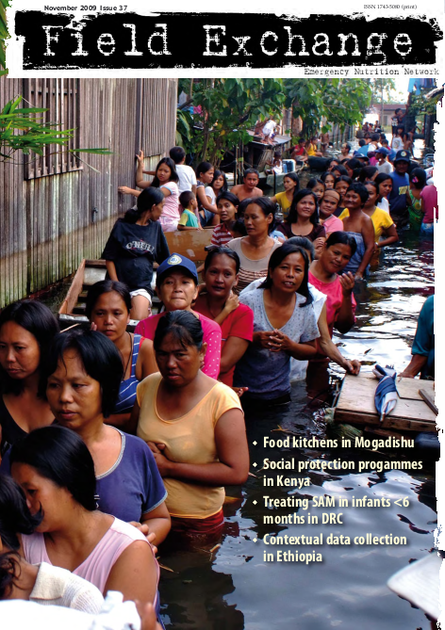
While there are at least four distinct thematic areas addressed by articles in Field Exchange 37, there is arguably one cross-cutting issue – namely the tendency towards fragmentation and lack of coordination within the emergency nutrition sector. We will return to this later. This issue of Field Exchange carries a number of research summaries related to the role of data and indicators in emergencies. There are pieces on the evidence for impact of the global food crisis on the poor, a new method of statistical forecasting for famine, based on data sets produced in Kenya, and programmatic implications of the roll out of the 2006 World Health Organisation (WHO) growth standards. There is also an important review conducted by the Health and Nutrition Tracking Service in WHO on the primary indicators used in emergencies. This highlights the lack of standardisation and measurability of many of the indicators used for monitoring emergency programmes. Another study, conducted by Fiona Watson, analyses the role of contextual (nonanthropometric) data in nutrition surveys conducted in Ethiopia. Again this highlights the lack of standardisation of information collected, as well as the limited use made by decisionmakers of this information.
